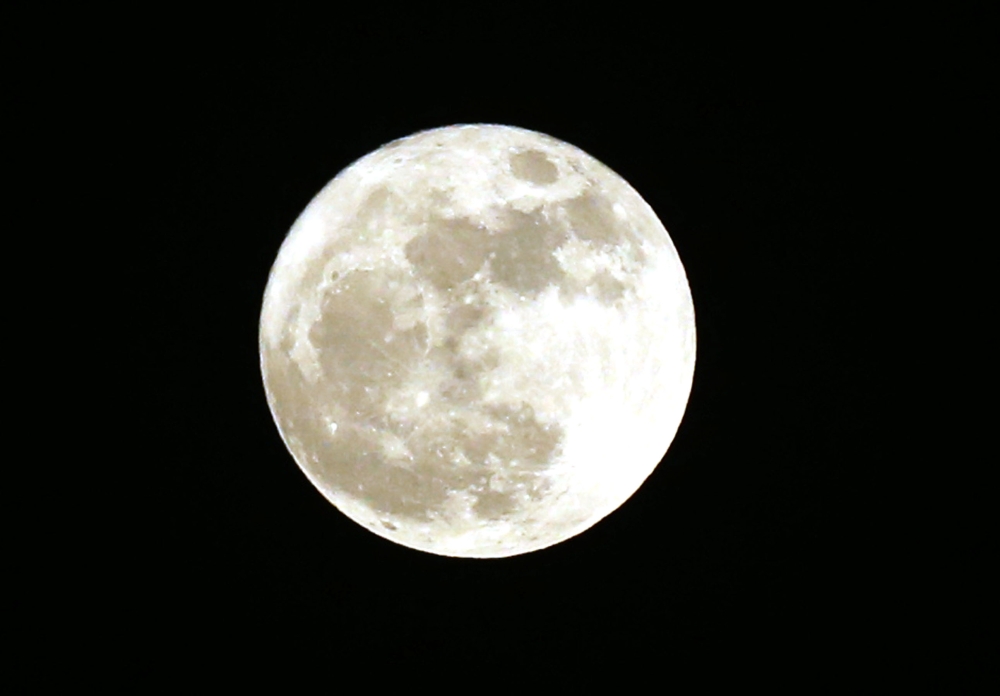
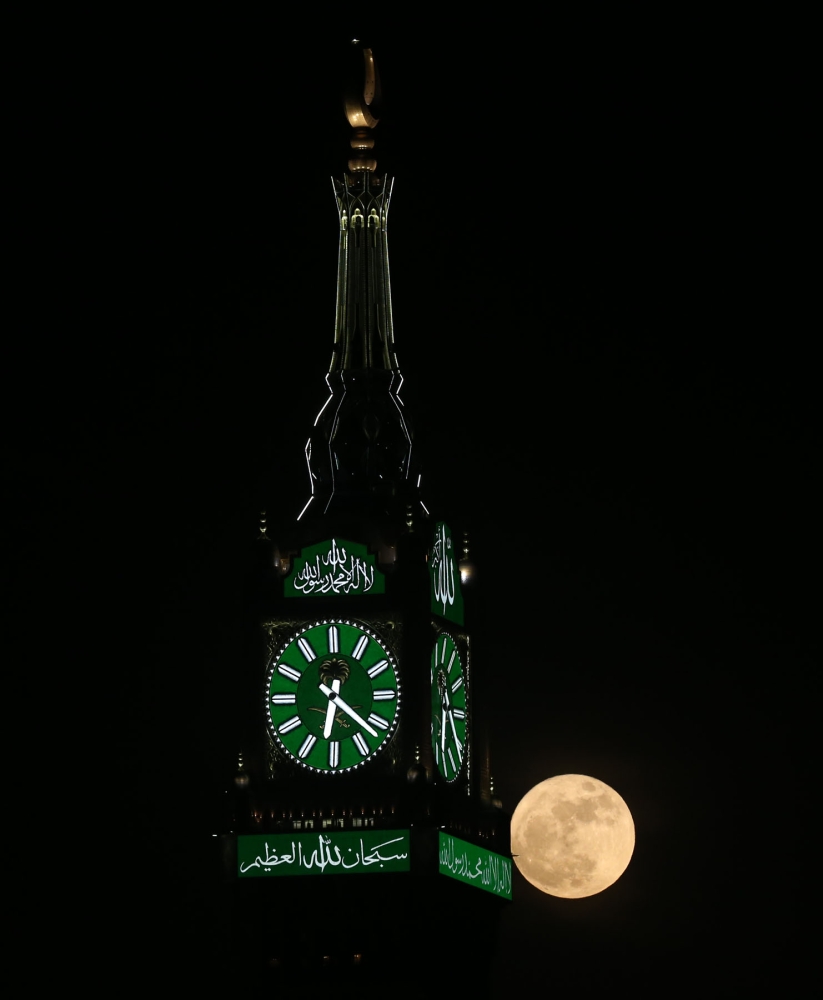
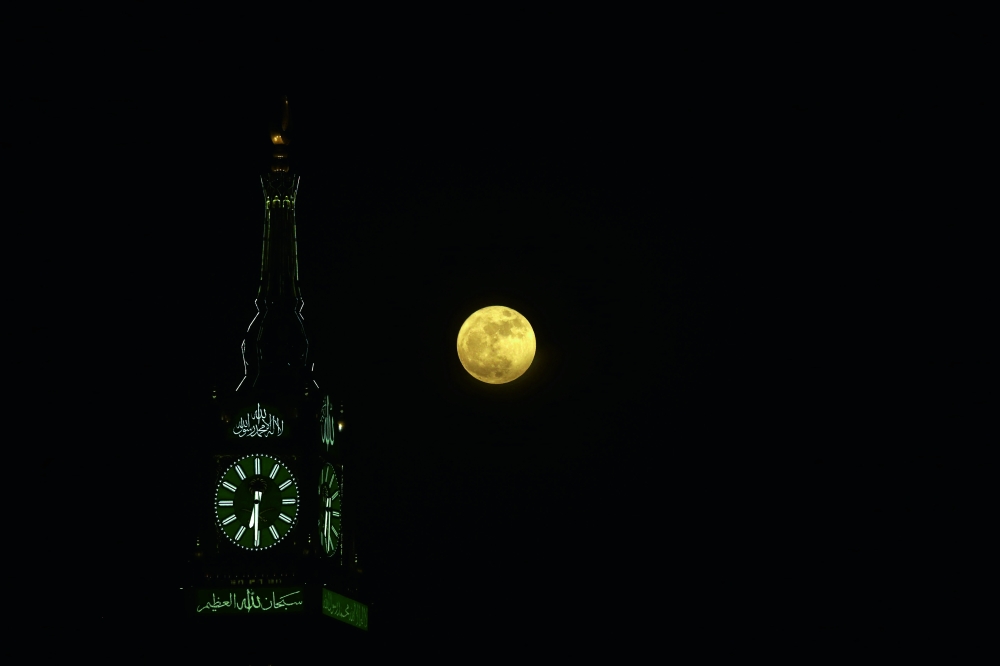
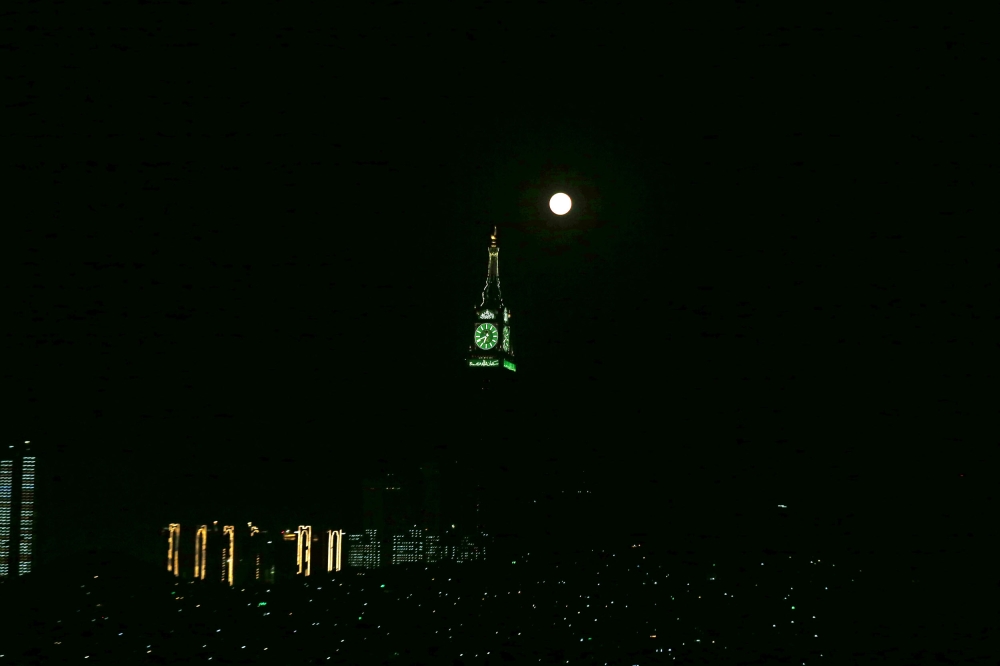
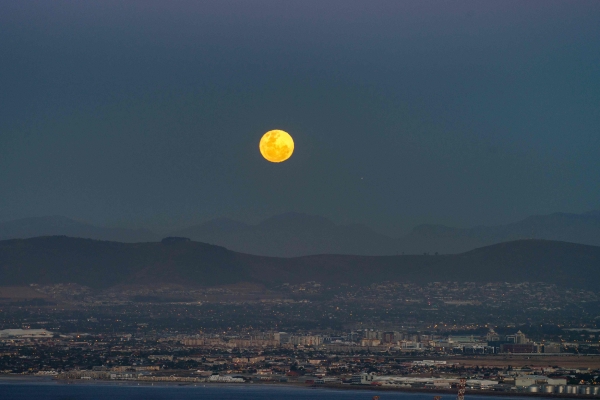
" data-responsive="https://www.okaz.com.sa/uploads/images/2016/11/16/81419.jpg" data-src="https://www.okaz.com.sa/uploads/images/2016/11/16/81419.jpg">
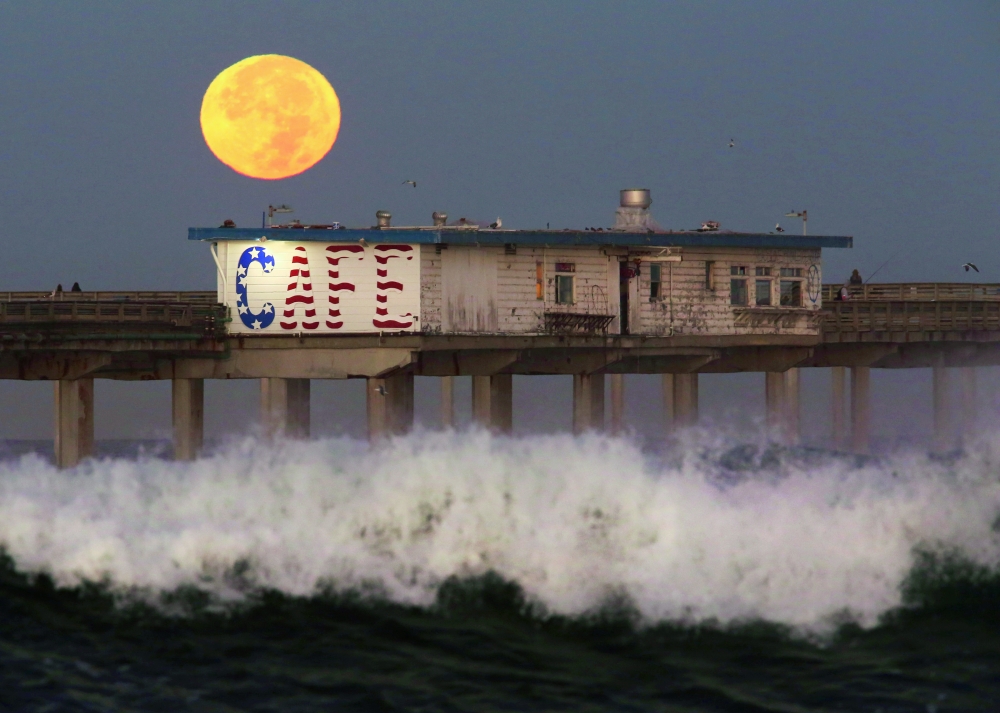

" data-responsive="https://www.okaz.com.sa/uploads/images/2016/11/16/81420.jpg" data-src="https://www.okaz.com.sa/uploads/images/2016/11/16/81420.jpg">
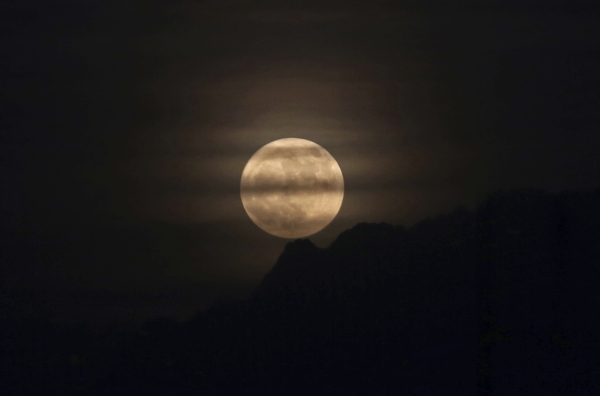

" data-responsive="https://www.okaz.com.sa/uploads/images/2016/11/16/81421.jpg" data-src="https://www.okaz.com.sa/uploads/images/2016/11/16/81421.jpg">
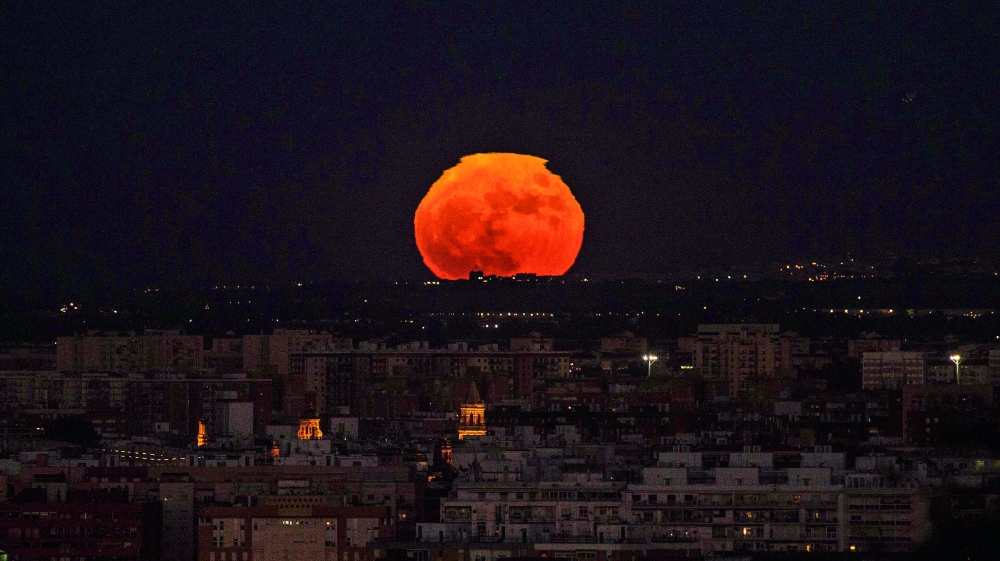

" data-responsive="https://www.okaz.com.sa/uploads/images/2016/11/16/81422.jpg" data-src="https://www.okaz.com.sa/uploads/images/2016/11/16/81422.jpg">
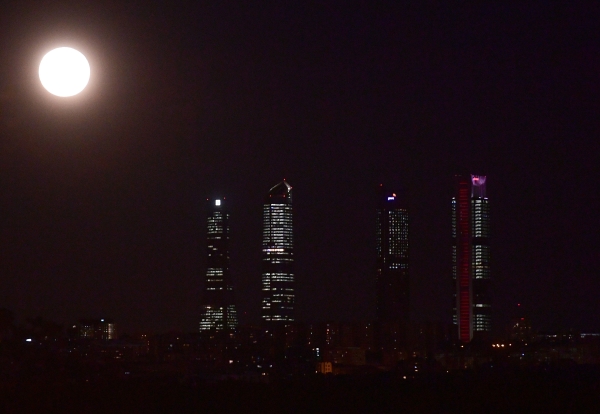

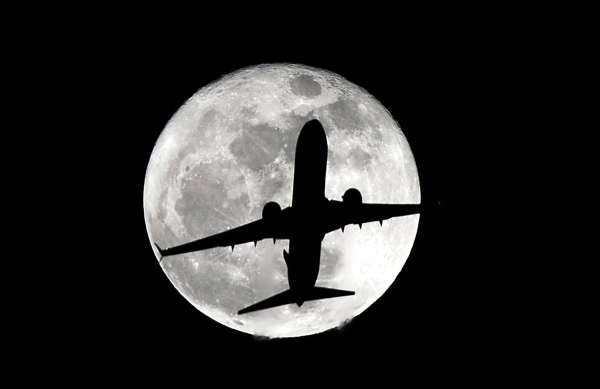
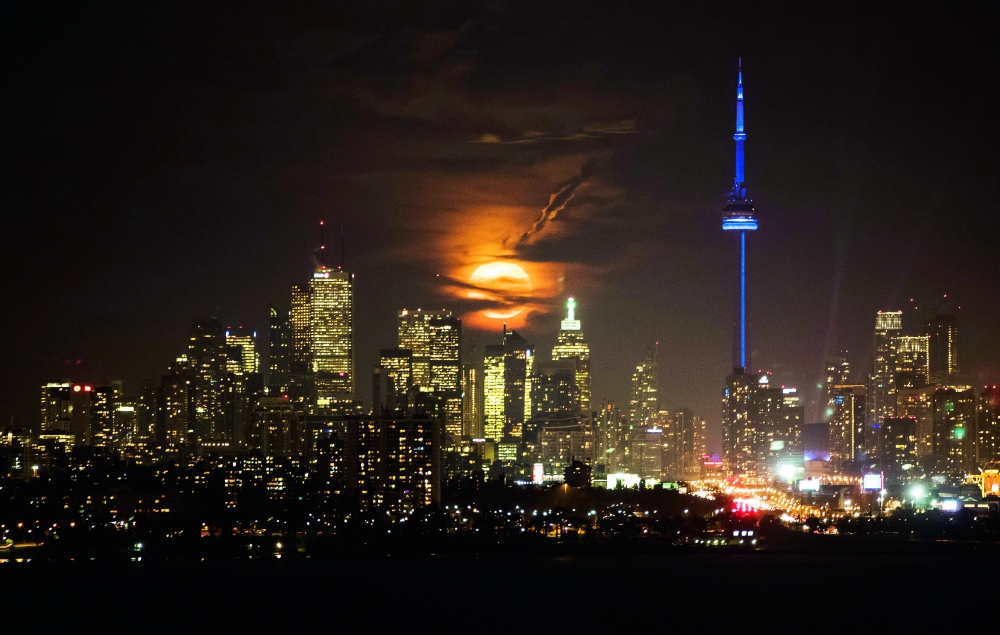
" data-responsive="https://www.okaz.com.sa/uploads/images/2016/11/16/81425.jpg" data-src="https://www.okaz.com.sa/uploads/images/2016/11/16/81425.jpg">
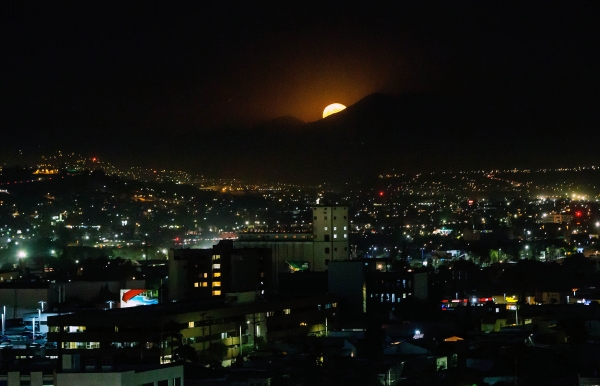

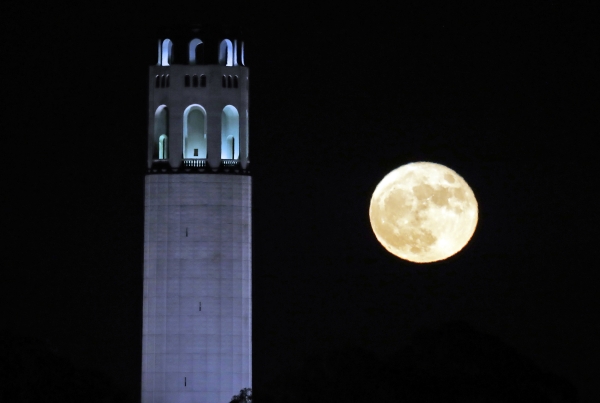

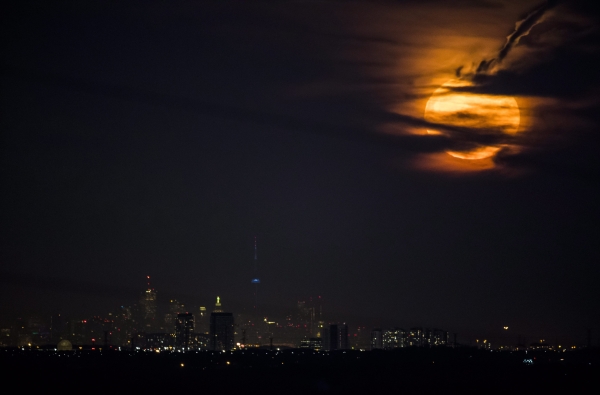
" data-responsive="https://www.okaz.com.sa/uploads/images/2016/11/16/81429.jpg" data-src="https://www.okaz.com.sa/uploads/images/2016/11/16/81429.jpg">
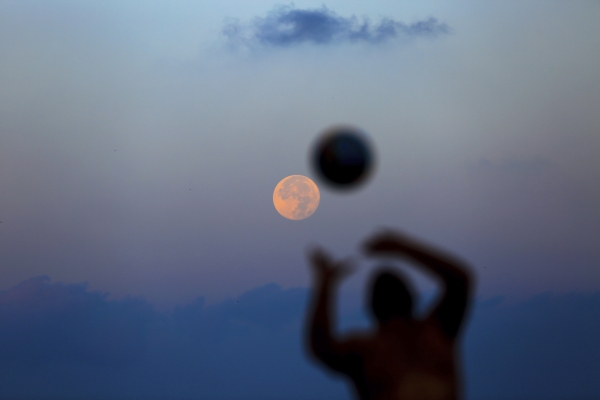

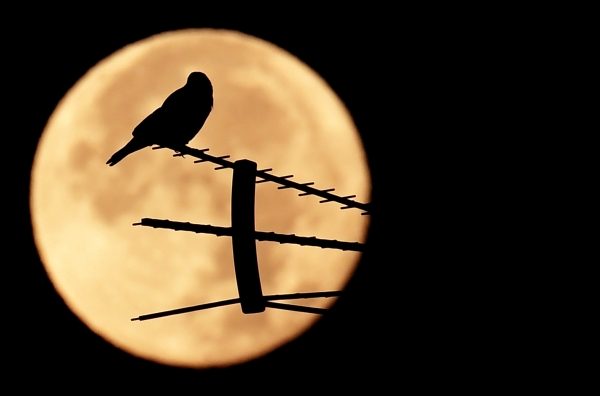
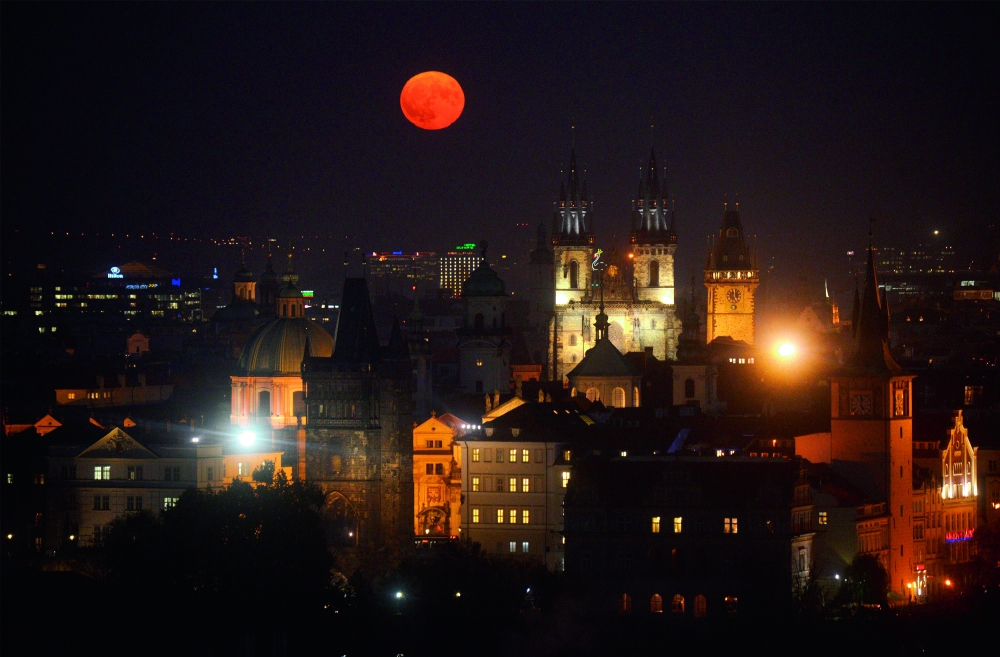
" data-responsive="https://www.okaz.com.sa/uploads/images/2016/11/16/81432.jpg" data-src="https://www.okaz.com.sa/uploads/images/2016/11/16/81432.jpg">
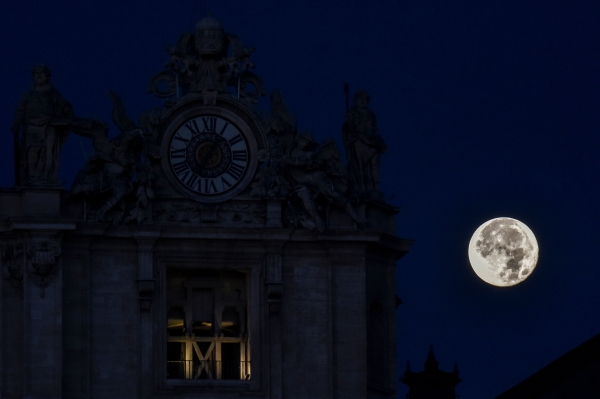

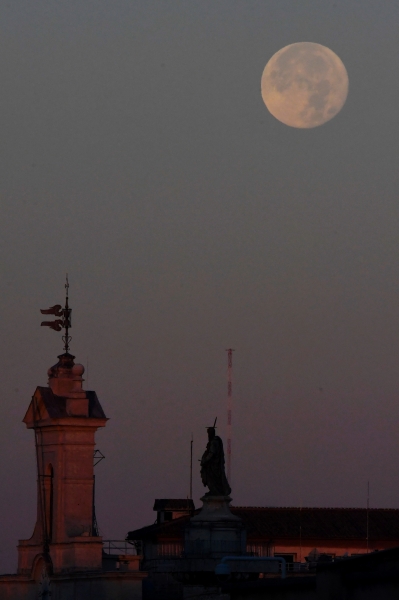
" data-responsive="https://www.okaz.com.sa/uploads/images/2016/11/16/81434.jpg" data-src="https://www.okaz.com.sa/uploads/images/2016/11/16/81434.jpg">
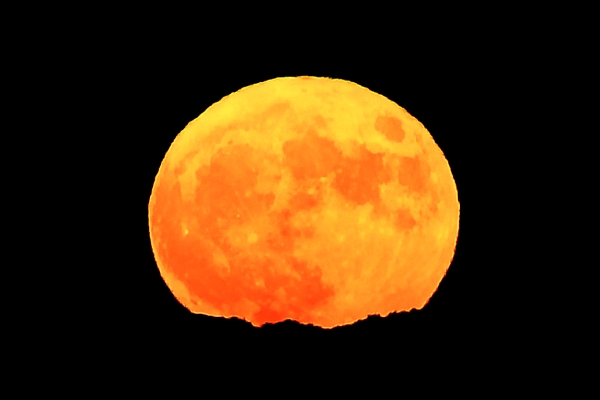

" data-responsive="https://www.okaz.com.sa/uploads/images/2016/11/16/81435.jpg" data-src="https://www.okaz.com.sa/uploads/images/2016/11/16/81435.jpg">
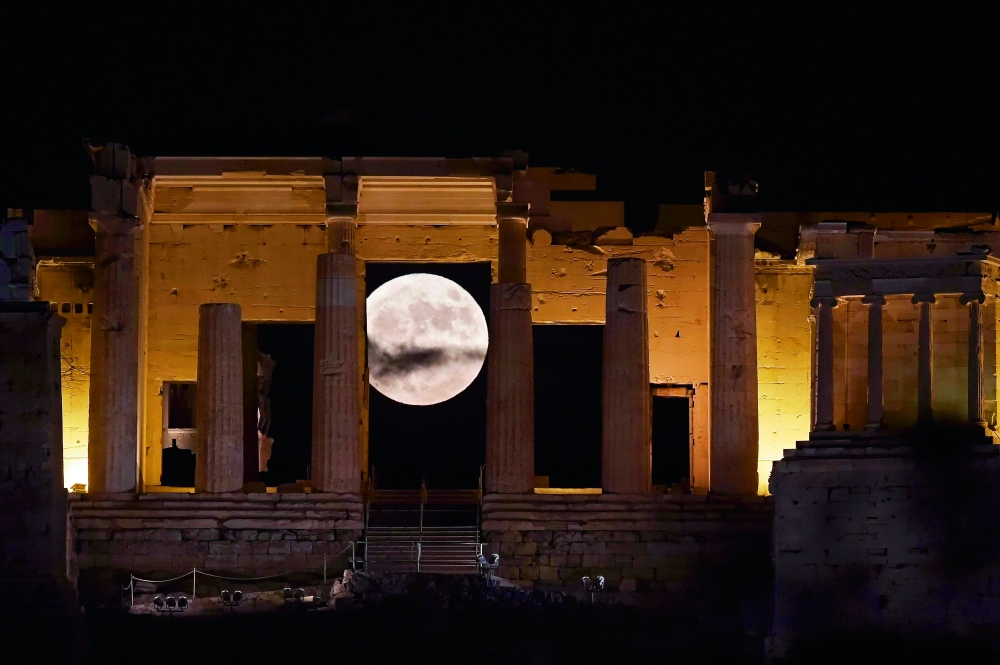

" data-responsive="https://www.okaz.com.sa/uploads/images/2016/11/16/81436.jpg" data-src="https://www.okaz.com.sa/uploads/images/2016/11/16/81436.jpg">
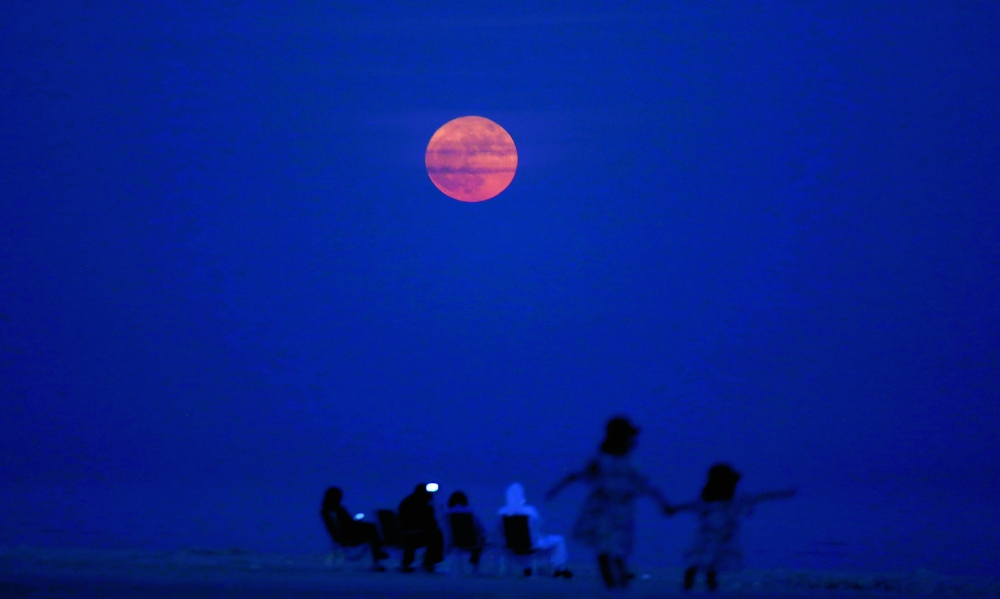

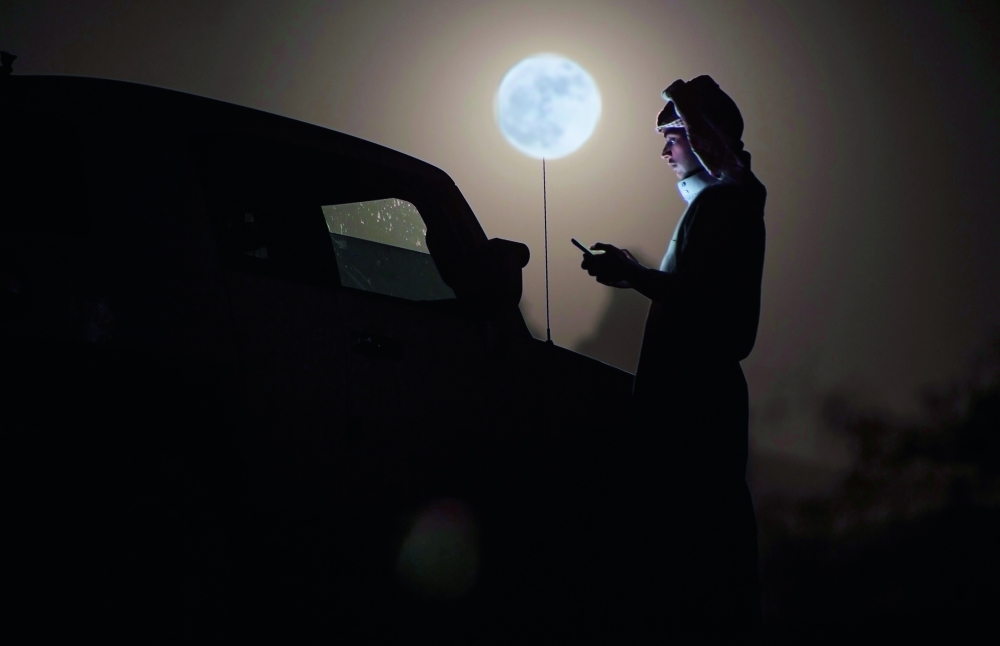
" data-responsive="https://www.okaz.com.sa/uploads/images/2016/11/16/81438.jpg" data-src="https://www.okaz.com.sa/uploads/images/2016/11/16/81438.jpg">
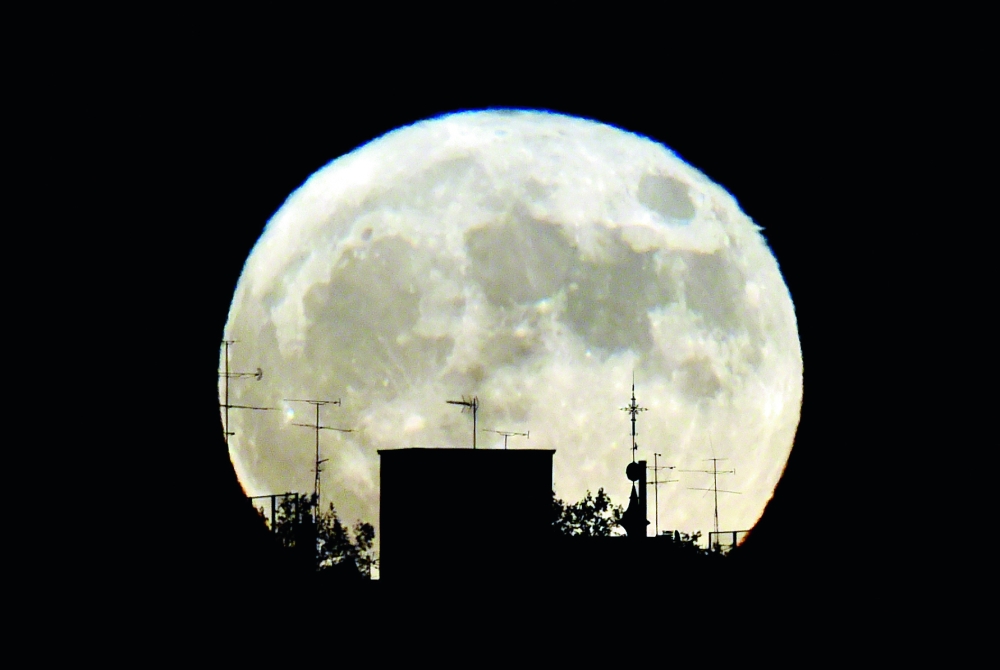

" data-responsive="https://www.okaz.com.sa/uploads/images/2016/11/16/81439.jpg" data-src="https://www.okaz.com.sa/uploads/images/2016/11/16/81439.jpg">
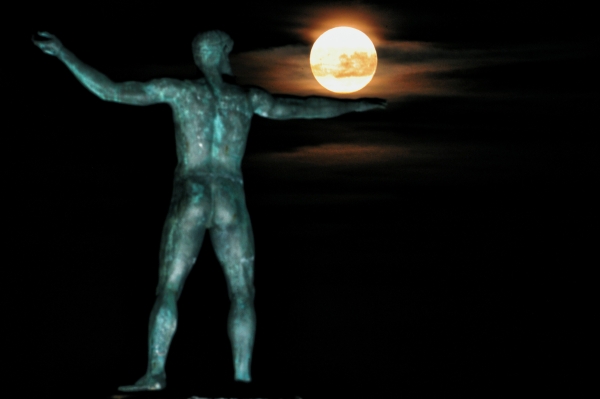

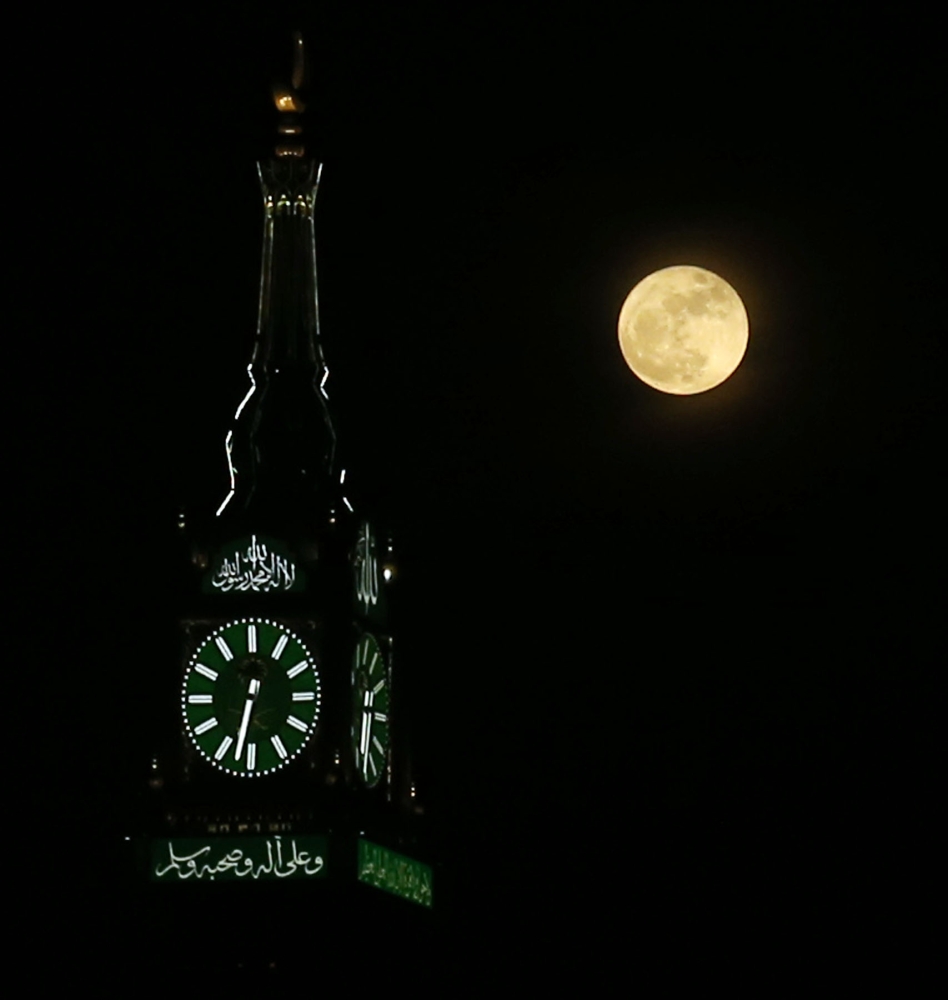
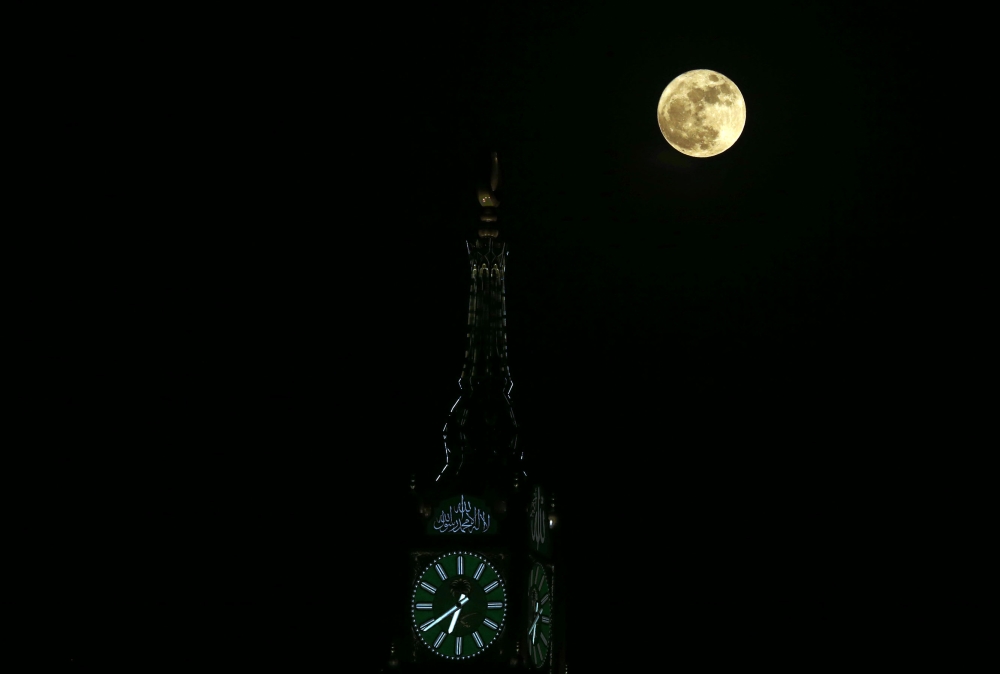
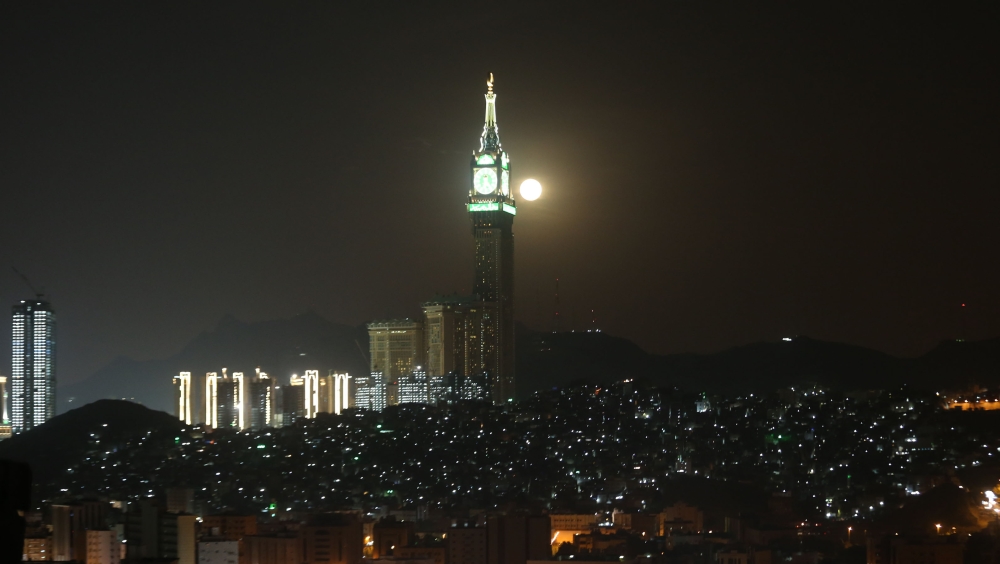
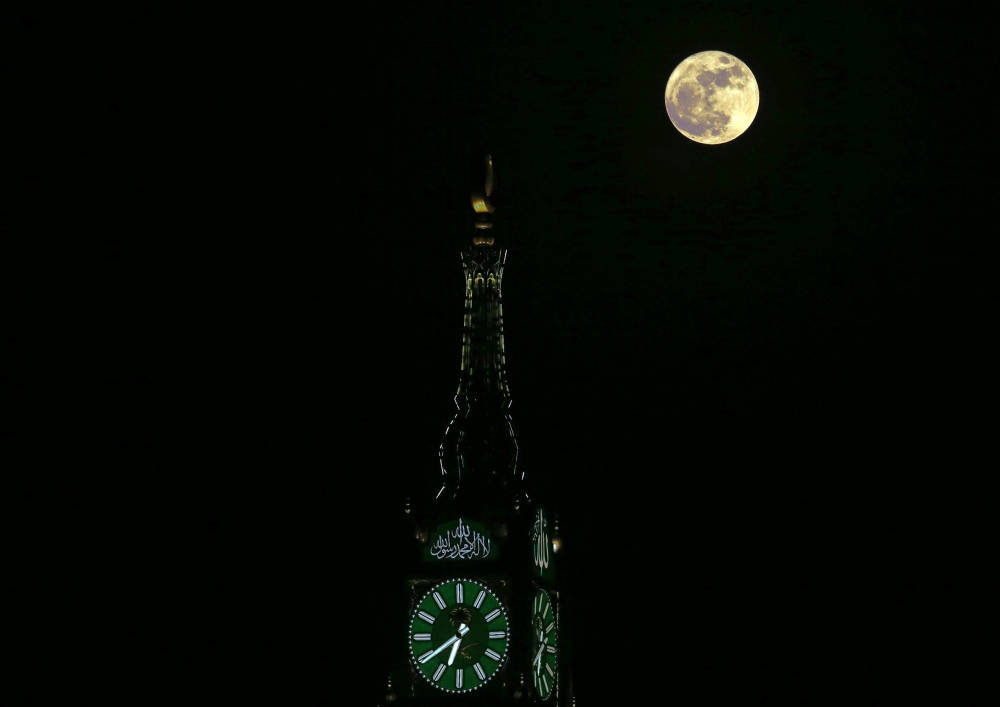
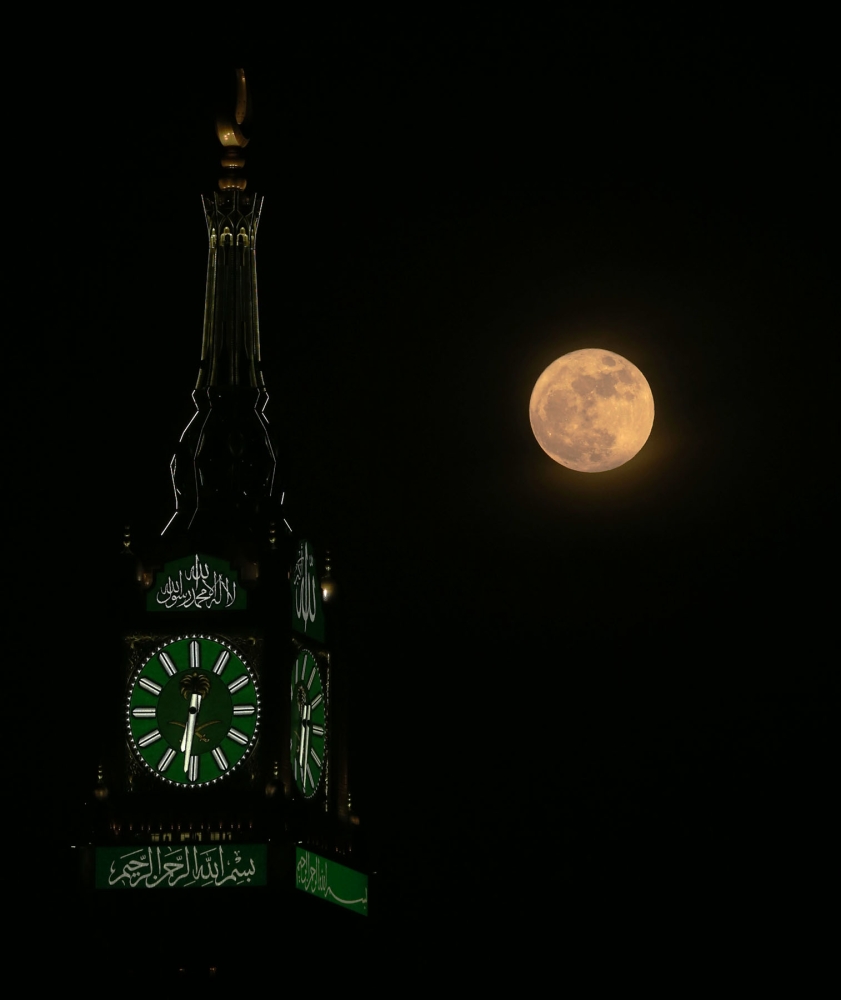
اقترب القمر من الأرض أمس الأول (الإثنين)، اقتراباً لم يحدث منذ عام 1948، وبدا القمر عملاقاً في ظاهرة علمية تحمل ذات اللقب. خرج الناس إلى الأمكنة المفتوحة، ووجوههم تتجه صوبه، وكاميراتهم تلتقط الصور البهيجة للقمر العملاق، وانشغلت خيالات الشعراء بكتابة نصوص تليق به، فيما ذهب الكثير من الناس إلى صناعة صور فريدة تليق بهذه الظاهرة النادرة.
نالت قارة آسيا شرف البريق القمري، إذ اقترب القمر من الأرض ليصبح على بعد على بعد 356.509 كيلومترات فقط من الأرض عند 11:21 بتوقيت غرينيتش ـ بحسب BBCـ حينما يدور حول الأرض في 27 يوما، في مدار يتخذ الشكل البيضاوي، ما أثبت للعلماء قديماً أن المسافة بين الأرض والقمر غير ثابتة، وتتغير في مختلف المناطق في المدار. كلما يتخذ القمر دورته حول الأرض، يمكن للعين المجردة أن ترى تشكل الظل الذي يحدثه انعكاس ضوء الشمس على القمر، إذ يستضيف القمر أضواء الشمس كاملةً، وحينها يطلق عليه اسم «البدر». وما يعرف بـ «الحضيض القمري» (أي أقرب مسافة بين القمر والأرض)، يلقي بتأثيراته على العلاقة القائمة بين الشمس، وأن هذه الظاهرة لا يمكن أن تتزامن مع البدر دائماً. وكانت القارة العجوز أوروبا، وخصوصاً المملكة المتحدة هي الأكثر حظاً من حيث فرصة مشاهدة القمر، بينما ظهر القمر العملاق جليا في أمريكا الشمالية في وقت مبكر من اليوم نفسه، ما يؤكد أن حجم القمر يزيد بنحو 14%، ويسطع بنحو 30 % مقارنة بأبعد نقطة له عن الأرض في مداره.
ووفقا لوكالة الأنباء السعودية (واس)، فإن المتحدث باسم الهيئة العامة للأرصاد وحماية البيئة حسين القحطاني أوضح أن ظاهرة «القمر العملاق»، سيكون القمر في أقرب نقطة له من الأرض ليصبح أكبر من الحجم الطبيعي. ولفت القحطاني الانتباه إلى أن هذه الظاهرة فلكية ليس لها علاقة بالأرصاد أو ظواهر جوية قد تنتج عن حدوثها، مشيرًا إلى أن ظاهرة المد والجزر هي المرتبطة فقط بظاهرة «القمر العملاق».
نالت قارة آسيا شرف البريق القمري، إذ اقترب القمر من الأرض ليصبح على بعد على بعد 356.509 كيلومترات فقط من الأرض عند 11:21 بتوقيت غرينيتش ـ بحسب BBCـ حينما يدور حول الأرض في 27 يوما، في مدار يتخذ الشكل البيضاوي، ما أثبت للعلماء قديماً أن المسافة بين الأرض والقمر غير ثابتة، وتتغير في مختلف المناطق في المدار. كلما يتخذ القمر دورته حول الأرض، يمكن للعين المجردة أن ترى تشكل الظل الذي يحدثه انعكاس ضوء الشمس على القمر، إذ يستضيف القمر أضواء الشمس كاملةً، وحينها يطلق عليه اسم «البدر». وما يعرف بـ «الحضيض القمري» (أي أقرب مسافة بين القمر والأرض)، يلقي بتأثيراته على العلاقة القائمة بين الشمس، وأن هذه الظاهرة لا يمكن أن تتزامن مع البدر دائماً. وكانت القارة العجوز أوروبا، وخصوصاً المملكة المتحدة هي الأكثر حظاً من حيث فرصة مشاهدة القمر، بينما ظهر القمر العملاق جليا في أمريكا الشمالية في وقت مبكر من اليوم نفسه، ما يؤكد أن حجم القمر يزيد بنحو 14%، ويسطع بنحو 30 % مقارنة بأبعد نقطة له عن الأرض في مداره.
ووفقا لوكالة الأنباء السعودية (واس)، فإن المتحدث باسم الهيئة العامة للأرصاد وحماية البيئة حسين القحطاني أوضح أن ظاهرة «القمر العملاق»، سيكون القمر في أقرب نقطة له من الأرض ليصبح أكبر من الحجم الطبيعي. ولفت القحطاني الانتباه إلى أن هذه الظاهرة فلكية ليس لها علاقة بالأرصاد أو ظواهر جوية قد تنتج عن حدوثها، مشيرًا إلى أن ظاهرة المد والجزر هي المرتبطة فقط بظاهرة «القمر العملاق».
